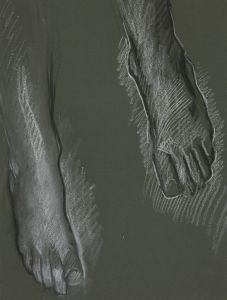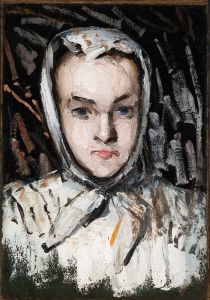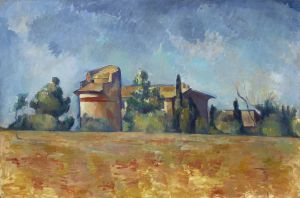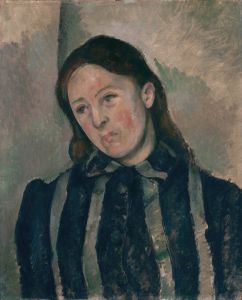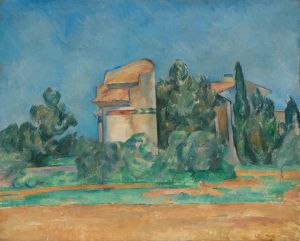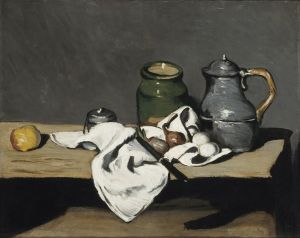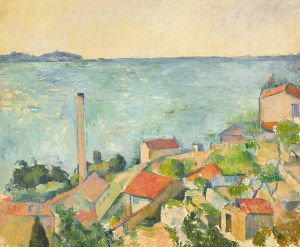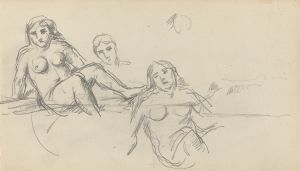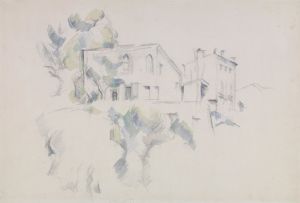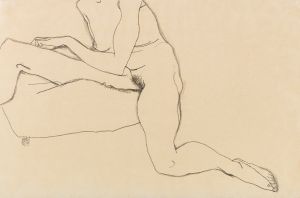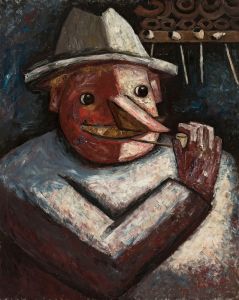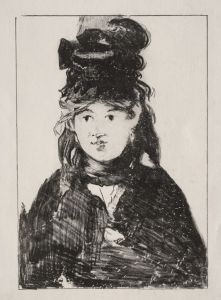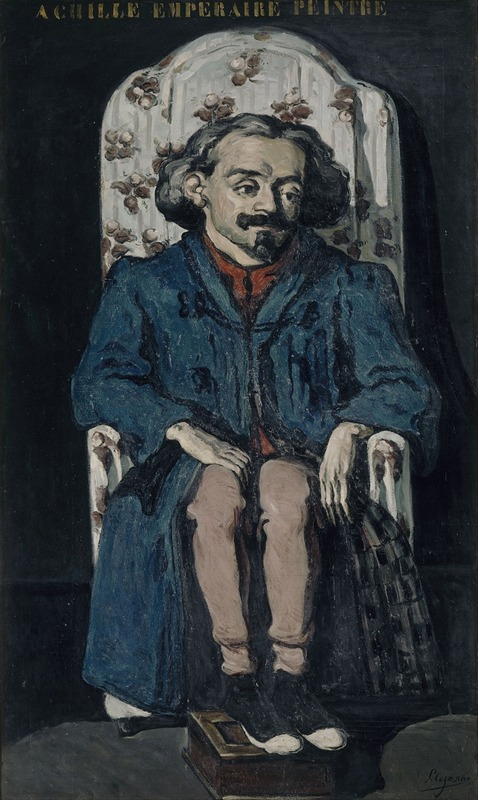
Achille Emperaire
A hand-painted replica of Paul Cézanne’s masterpiece Achille Emperaire, meticulously crafted by professional artists to capture the true essence of the original. Each piece is created with museum-quality canvas and rare mineral pigments, carefully painted by experienced artists with delicate brushstrokes and rich, layered colors to perfectly recreate the texture of the original artwork. Unlike machine-printed reproductions, this hand-painted version brings the painting to life, infused with the artist’s emotions and skill in every stroke. Whether for personal collection or home decoration, it instantly elevates the artistic atmosphere of any space.
Achille Emperaire by Paul Cézanne
"Achille Emperaire" is an oil painting created by the French Post-Impressionist artist Paul Cézanne. The work is believed to have been completed around 1868–1870, during Cézanne's early career. It is a portrait of Achille Emperaire, a fellow artist and friend of Cézanne, who was known for his small stature and physical deformities caused by a congenital condition. The painting is notable for its raw and unidealized depiction of its subject, reflecting Cézanne's interest in exploring the human form and individuality.
Achille Emperaire (1829–1898) was a painter himself, though he did not achieve significant recognition during his lifetime. He and Cézanne likely became acquainted in Paris, where both artists were part of the same artistic circles. Emperaire's physical appearance, marked by his short stature and hunched posture, is rendered with striking honesty in Cézanne's portrait. The painting avoids romanticizing or softening Emperaire's features, instead presenting him with a sense of dignity and presence.
In the portrait, Emperaire is seated in a high-backed chair, his small frame emphasized by the scale of the furniture. His intense gaze and the stark contrast between his figure and the dark background draw attention to his individuality. The composition is simple yet powerful, with Cézanne using bold brushstrokes and a limited color palette to create a sense of depth and focus. The work reflects Cézanne's early experimentation with form and structure, which would later become hallmarks of his mature style.
The painting is also significant for its departure from traditional academic portraiture of the time. Cézanne's unflinching portrayal of Emperaire challenges conventional notions of beauty and heroism in art, instead celebrating the uniqueness of his subject. This approach aligns with Cézanne's broader artistic philosophy, which sought to capture the essence of his subjects through direct observation and innovative techniques.
Today, "Achille Emperaire" is considered an important example of Cézanne's early work and a testament to his evolving artistic vision. The painting is housed in the Musée d'Orsay in Paris, where it is part of the museum's extensive collection of 19th-century art. It continues to be studied and admired for its emotional depth, technical skill, and historical significance within the context of Cézanne's career and the broader development of modern art.





